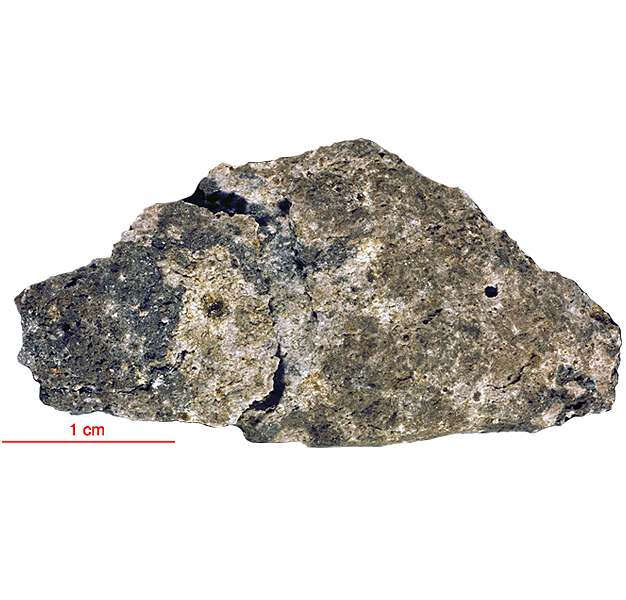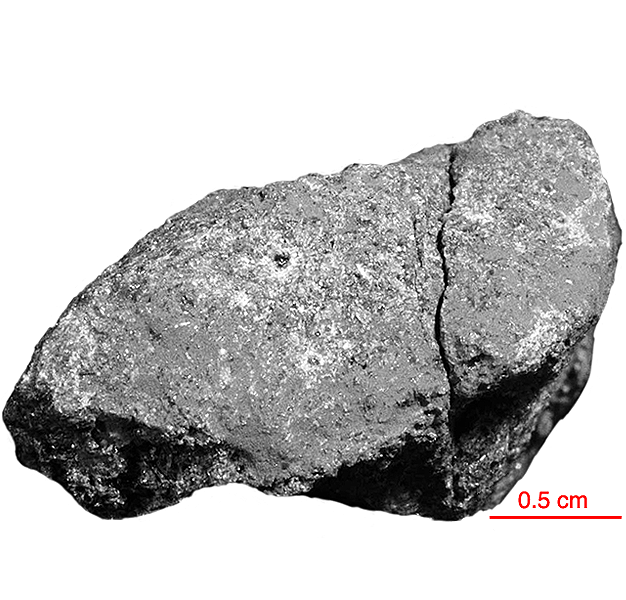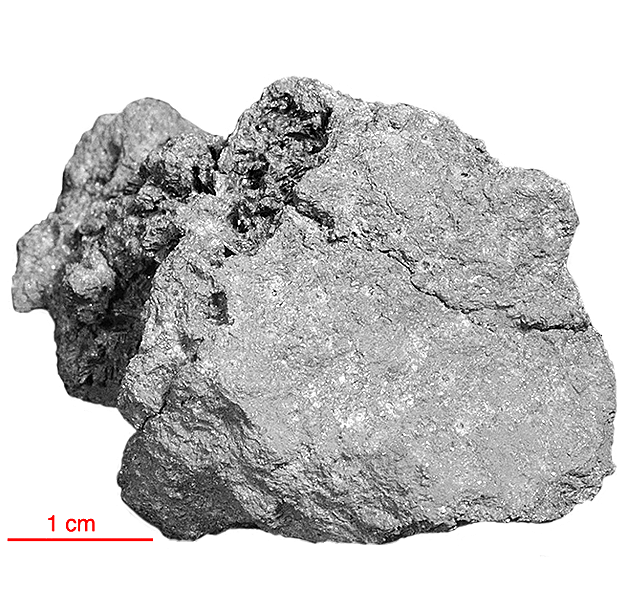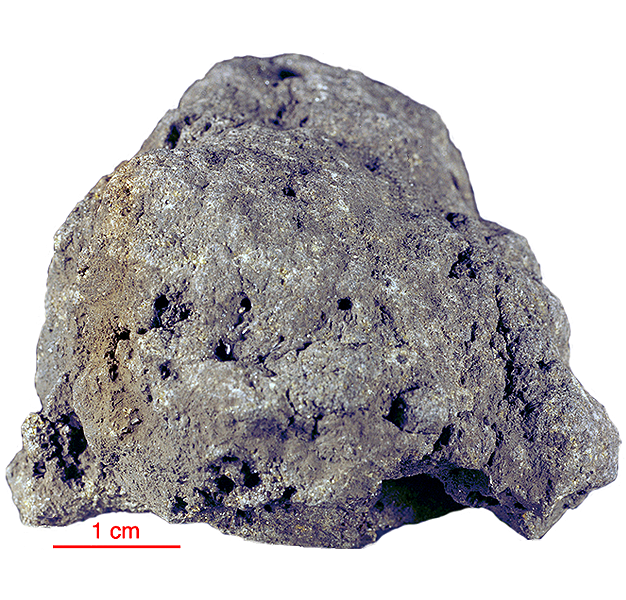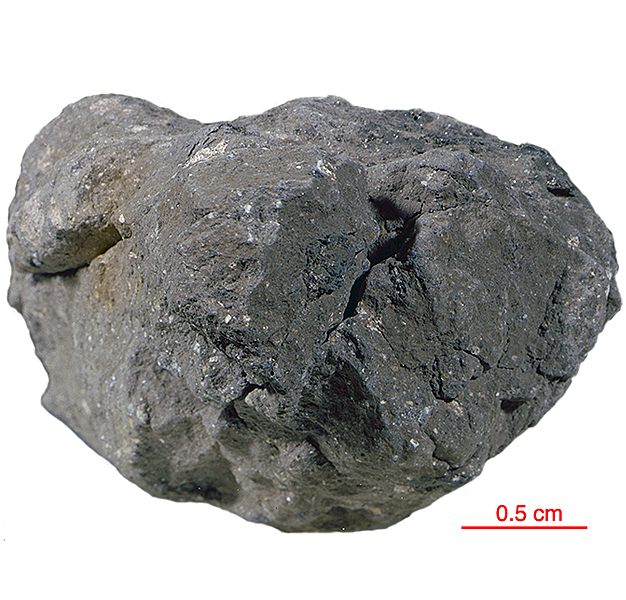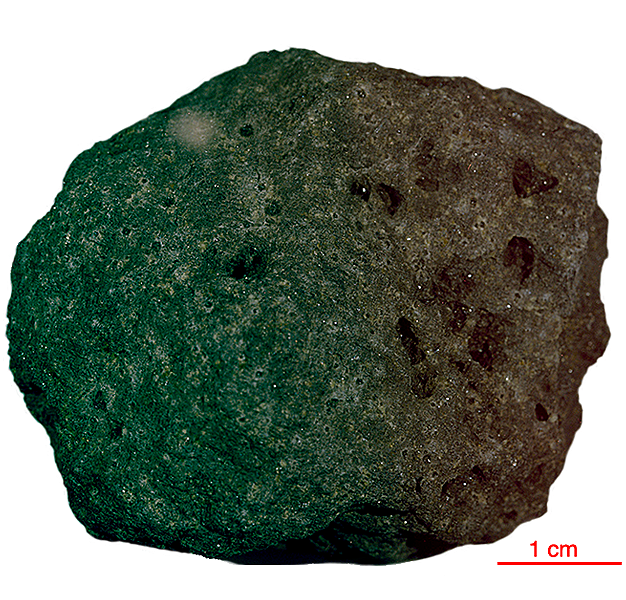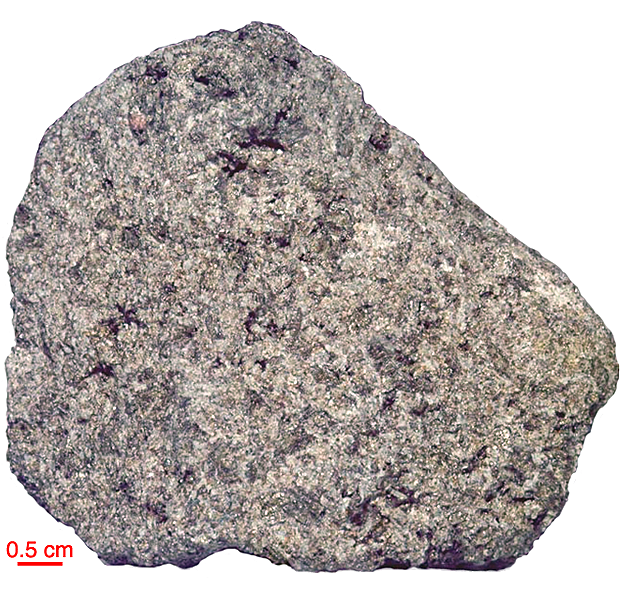
Fact sheet
12040 is a slowly cooled olivine basalt with a high proportion of mafic minerals. This rock is roughly equigranular in texture, the largest crystals being 3-4mm in length and the average grain size 1 mm. 12040 contains evidence of accumulation of olivine. Hence the composition of 12040 does not represent that of a parent liquid. It has been described as a holocrystalline coarse-grained rock composed chiefly of pyroxene and olivine with minor plagioclase and opaque phases. Olivine occurs as clear equant anhedra or subhedra about 1 mm in size. Plagioclase occurs interstitially to olivine and pyroxene. Olivine may have formed late and/or re-equilibrated as the rock cooled. It occurs both as large inclusions in augite-pigeonite megacrysts and as separate grains associated with small pyroxene. The olivine and pyroxene in 12040 contain abundant melt inclusions.
The sample weighed 319 grams before analysis and is 3.3 billion years old (Rb-Sr).
Further details of this and other Apollo samples are here: http://curator.jsc.nasa.gov/lunar/
Apollo 12 returned 34 kilograms of samples, including 45 rocks, samples of lunar 'soil', and several core tubes that included material from as much as 40 centimetres below the lunar surface.
Apollo 12 rocks were almost all basalts, with only two breccias in the returned samples. The basalts at the Apollo 12 site formed 3.1 to 3.3 billion years ago, roughly 500 million years later than the Apollo 11 basalts. Overall, there is much less of the element titanium in the Apollo 12 samples than in the Apollo 11 samples, which explains the more reddish colour of this region. The differences in age and chemical composition between the Apollo 11 and Apollo 12 samples demonstrate that mare volcanism did not occur as a single, Moon-wide melting event.
Apollo 12 was launched on 14 November 1969.

